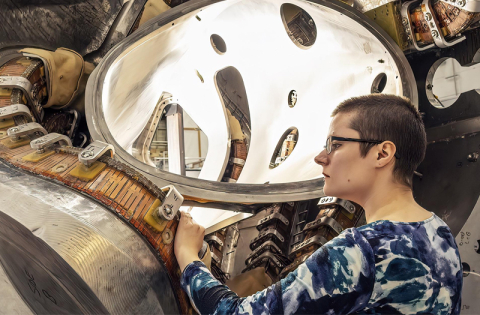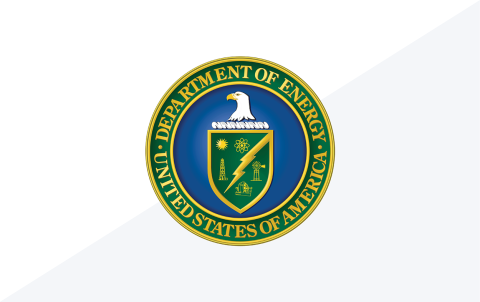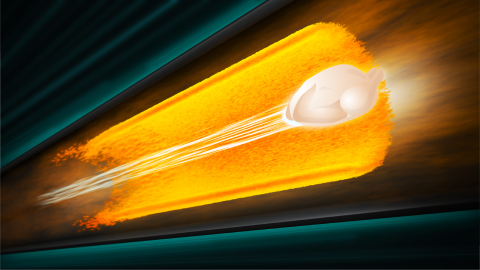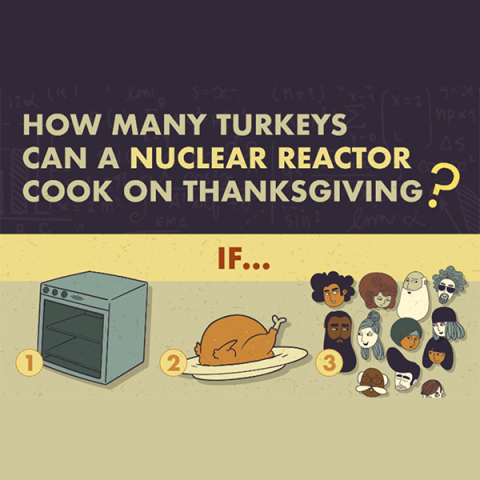
Researchers at DOE’s Princeton Plasma Physics Laboratory are using computers to improve the effectiveness of fusion devices called stellarators.

Funding Will Support Two Pennsylvania-Based Manufacturing Facilities Developing Innovative Long-Duration Batteries, Strengthen Grid Resilience, and Create Up to 1,000 High-Quality Union Jobs
DOE Announces Framework for Assessing Research, Technology, and Economic Security (RTES) Risk

Did you know that you have the U.S. Department of Energy to thank for some of the science behind keeping your turkey fresh?

A typical nuclear reactor can provide enough power to cook around 2.5 million turkeys on Thanksgiving Day.

U.S. Secretary of Energy Jennifer M. Granholm and Minister of Energy Dainius Kreivys today signed an Intergovernmental Agreement to cooperate on the development of Lithuania’s civil nuclear power program.

Secretary Jennifer Granholm and Deputy Secretary Dave Turk led the U.S. Department of Energy (DOE) delegation to Baku, Azerbaijan for the 29th Conference of the Parties to the U.N. Framework Convention on Climate Change (COP29).
Gulf Coast and Midwest Hydrogen Hubs will Create Tens of Thousands of High-Quality Jobs, Deliver New Economic Opportunities, and Reinforce America’s Clean Manufacturing Boom

The Testing Risks of AI for National Security (TRAINS) Taskforce brings together experts from Commerce, Defense, Energy, Homeland Security, NSA, and NIH to address national security concerns and strengthen American leadership in AI innovation

Since particle accelerators’ performance can decline over time, scientists are using machine learning to maximize accelerators’ precision.

